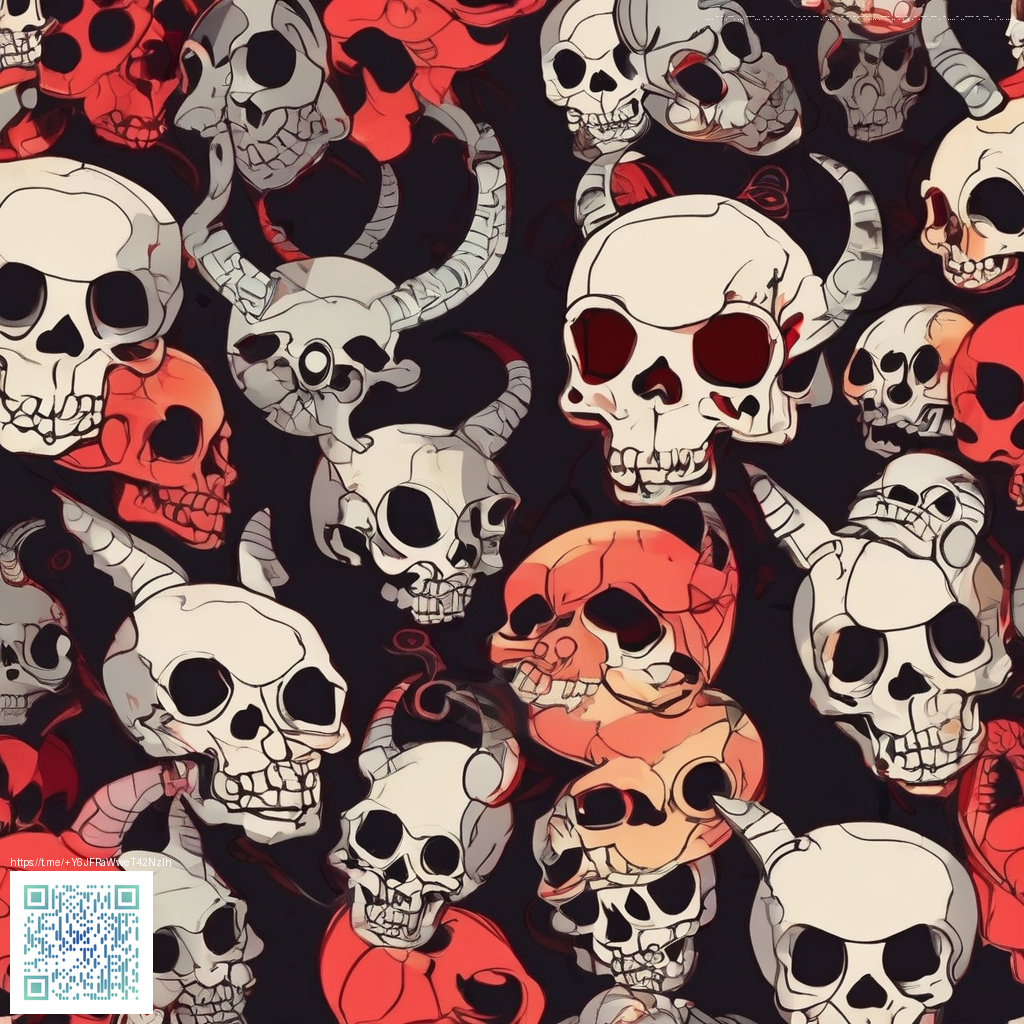
The Science Behind Texture Perception in Design
Texture is more than a visual flourish; it’s a multi-sensory cue that shapes how people experience products, spaces, and interfaces. In design research, texture operates at the intersection of sight, touch, and expectation. A surface’s roughness, grain, or micro-pattern can communicate quality, durability, and intent long before a user interacts with it. When designers thoughtfully combine texture with lighting, form, and material, they craft experiences that feel intuitive and trustworthy—even before any button is pressed.
From tactile cues to user behavior
Humans read texture in milliseconds. A desk mat with a subtle, grainy texture signals grip and stability, inviting confident mouse movement. A satin or matte finish on a device can imply precision and sophistication. Importantly, texture doesn’t exist in a vacuum; it interacts with friction, weight, and motion. Lighting plays a crucial role too—specular highlights can reveal surface depth, while soft diffuse light can mute roughness and create a sense of calm. In practice, texture becomes a dialogue between perception and action, guiding how users glide, press, and navigate.
Consider a real-world example: a neon rectangle mouse pad ultra-thin (1.58 mm) with a rubber base. Its surface texture influences glide quality and cursor feedback, while the base keeps everything anchored for reliable performance. You can explore its product page here: Neon Rectangle Mouse Pad Ultra-Thin 1.58mm Rubber Base.
Texture test: factors designers watch
- Friction and wear: how the surface resists sliding and how grip changes with use.
- Roughness vs. smoothness: aligning visual cues with tactile reality.
- Microtextures: patterns that enhance grip without adding bulk.
- Material layering: combining textures to communicate function and durability.
- Context and lighting: reflections and shadows reveal texture depth and character.
“Texture is a conversation between what the eye perceives and what the skin feels. When these cues align, users trust the product without thinking.”
In practical terms, texture informs affordances—how a surface signals its use. A well-chosen texture on a keyboard key, for example, can create tactile anchors that speed up typing and reduce errors. A matte surface on a screen reduces glare but still carries a quiet sense of sophistication. Designers who test textures across scenarios—desk conditions, lighting levels, and user tasks—gain actionable insight into how a product will perform in the real world. For those seeking a broader perspective on texture science, a related resource is available on a dedicated page: https://00-vault.zero-static.xyz/c27f984c.html.
Texture also has implications for accessibility and ergonomics. Textured cues can aid navigation for users with reduced vision by providing tangible landmarks for where to touch or apply force. Conversely, overly slick textures may hinder performance in precision tasks. The art lies in balancing aesthetic intent with functional clarity—creating surfaces that feel natural to touch while remaining reliable to use across varied contexts.
Practical takeaway: start with human-centered goals—comfort, control, and clarity. Then iterate with real users, testing textures under diverse lighting and across devices. When texture aligns with user expectations, surfaces communicate capability and reliability without shouting.